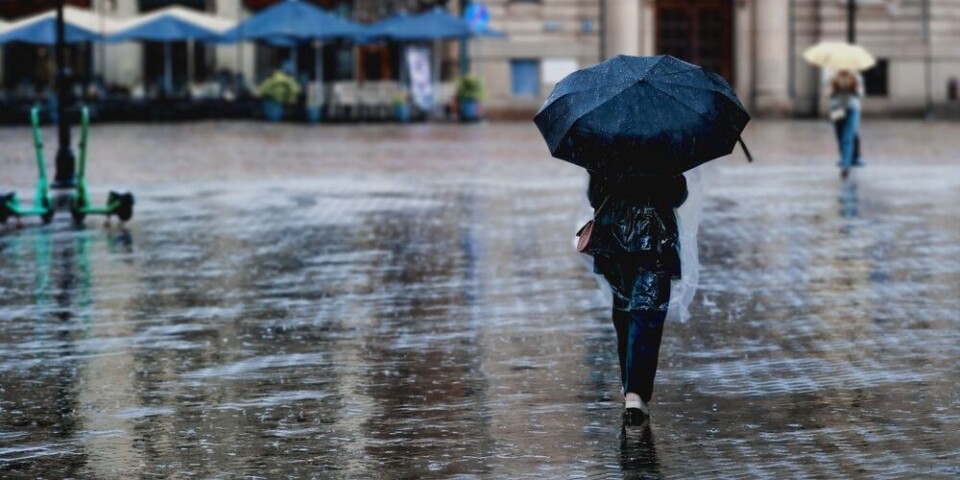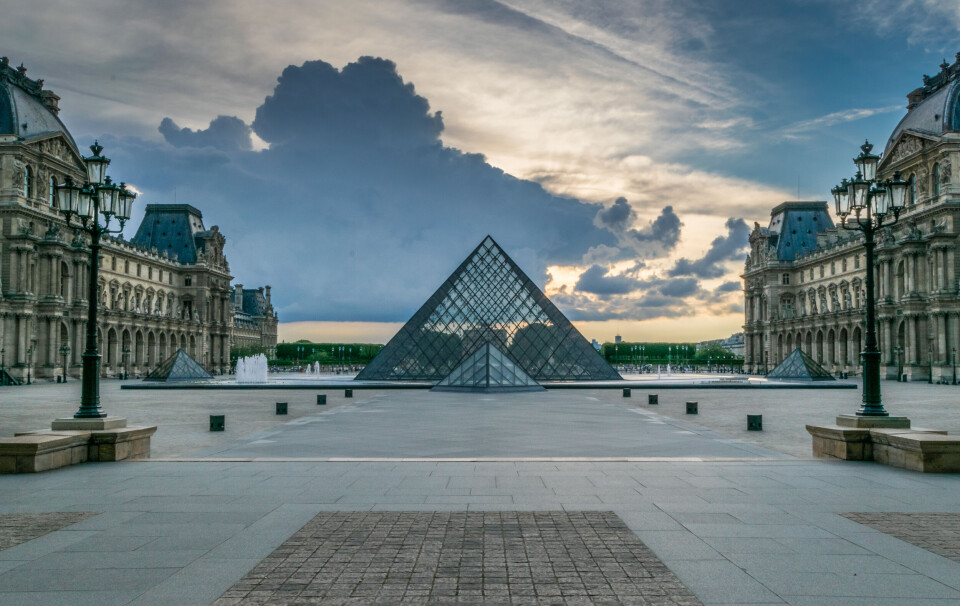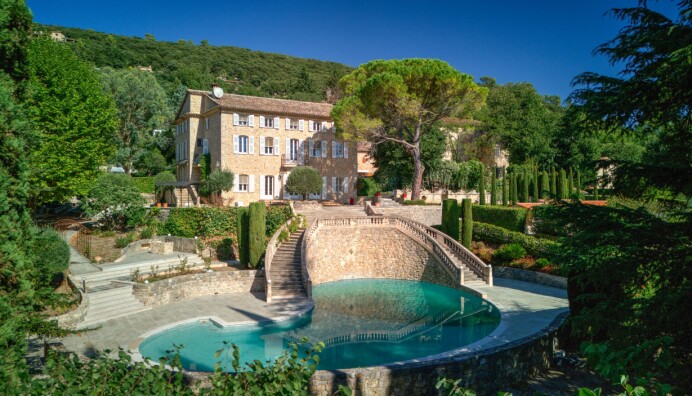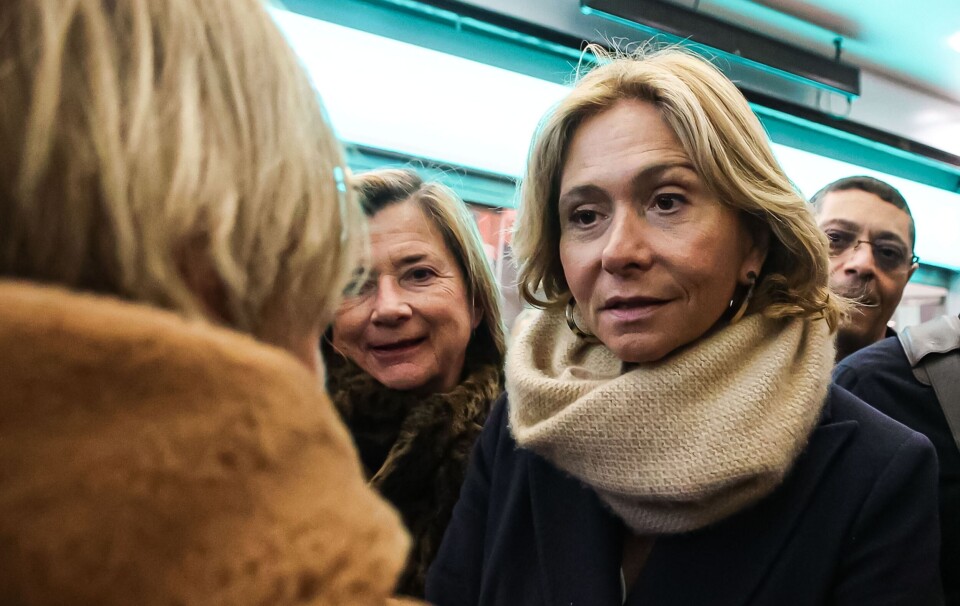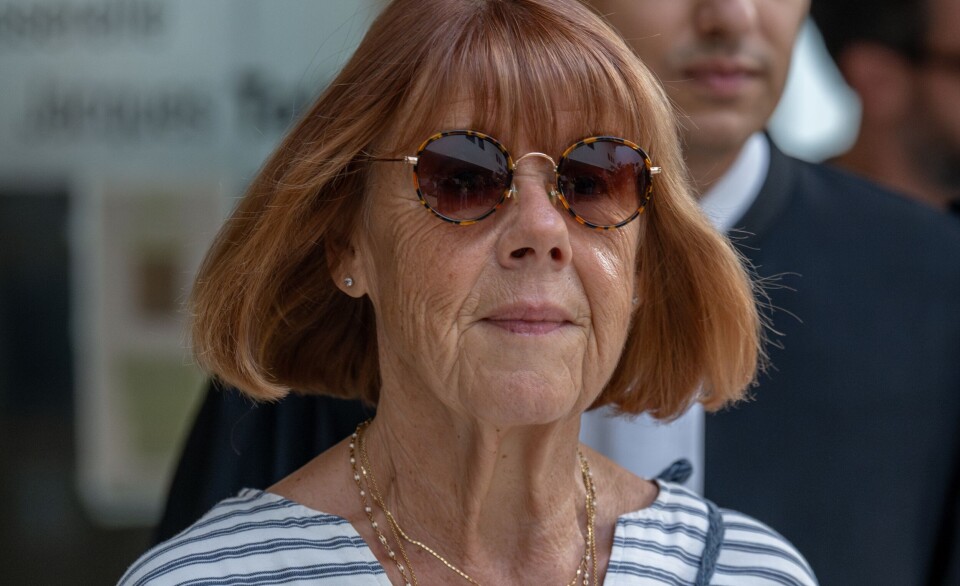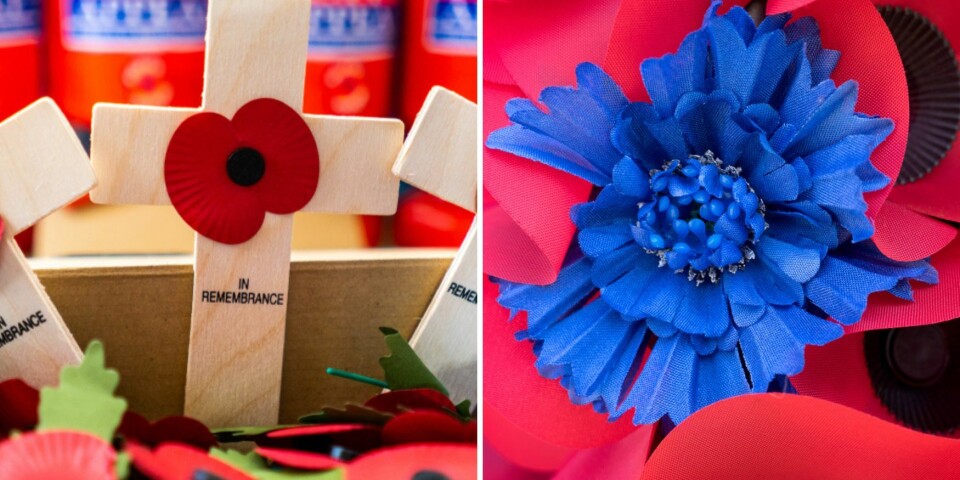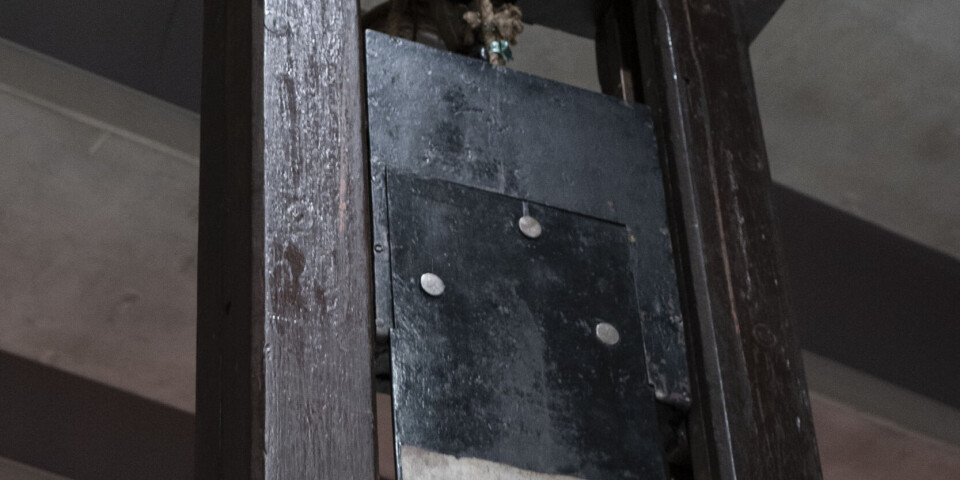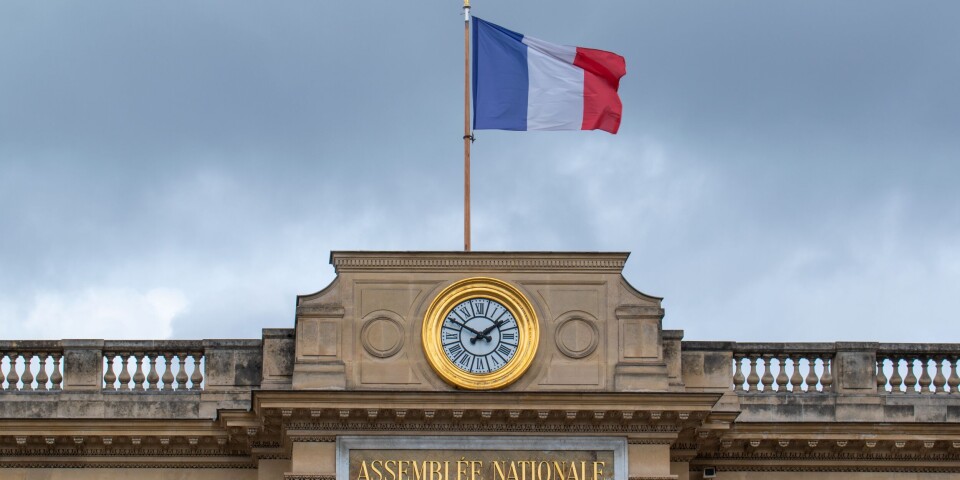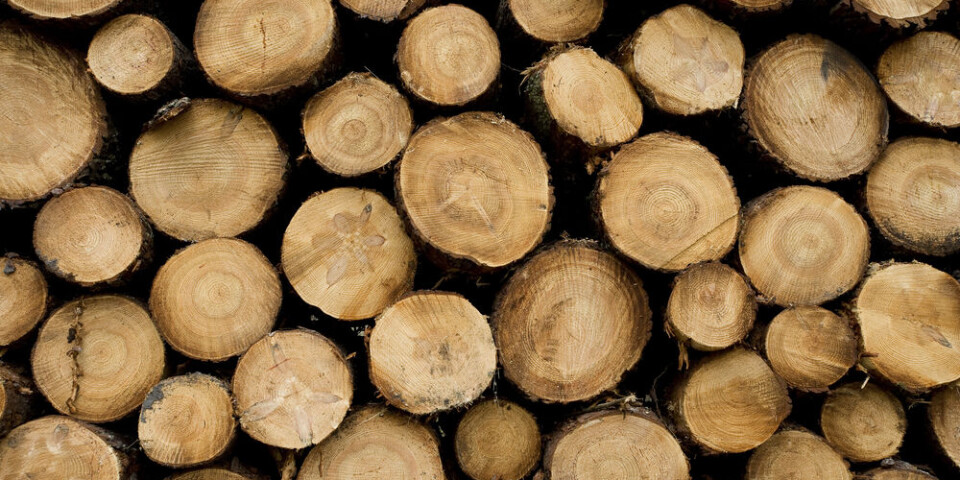-
Classic French recipe with an exotic twist: caramelised onion soup
A dish inspired by the travels of two Paris chefs
-
HPI final season: the end of a French TV phenomenon
Comedy-thriller starring Audrey Fleurot that gripped France airs final episodes
-
Vent d’autan: the French weather phenomenon said to drive people mad
Superstition says that the wind, which affects the south-west of the country, turns the locals 'crazy'
Did you know? France invented metric system
A weighty issue

The metric system, which is used the world over, apart from the USA, Burma and Liberia, was invented in France and was a direct result of the Revolution. France remains the world centre for deciding just how we work out how long and how heavy everything is, as the International Bureau for Weights and Measurements is in Paris.
Before the Revolution, weights and measures varied not only between countries but within nations, and could be different from one town to another. The new leaders in France wanted to unify the country and one way was to introduce a national measurement system.
They opted for a decimal system which would be interrelated and it is no accident that a litre of pure water weighs a kilogram. However, the basis of the system, which was to be the metre, had yet to be invented. The scientific greats of the time decided to use a natural phenomenon and so the metre was to be equal to one ten millionth of the distance from the North Pole to the equator. But first this had to be measured.
In 1791, two astronomers, Joseph Delambre and Pierre Méchain, set out to do this by accurately measuring a quarter of the meridian from Dunkirk to Barcelona. Delambre went north and Méchain went south and they were to meet in the middle.
They thought it might take them two years, using a triangulation system and the latest in equipment, the Borda repeating circle. However, the unrest following the revolution and war between France and Spain hampered their progress and they had many adventures on the way.
They were often mistaken for royalist supporters with their strange instruments and had to avoid arrest and decapitation. Eventually in 1799, their thousands of calculations resulted in the metre, which was gradually used by countries all over the world.
Up until May 2019, the Musée des Arts et Métiers in Paris is holding an exhibition dedicated to the seven international units of measurement and the way we use them every day. Laurent Vavasseur is the science curator for the museum: “Measurement is all around us but we tend to take it for granted. The different units are constantly evolving to become more and more precise.
“The metre is now defined in reference to the speed of light and at the last conference of the International Bureau of Weights and Measures in November 2018, four of the seven base units were redefined, including the kilogram, which was the last unit to be dematerialised. Work to produce an accurate universal measurement system continues and this concept was created in France.”




